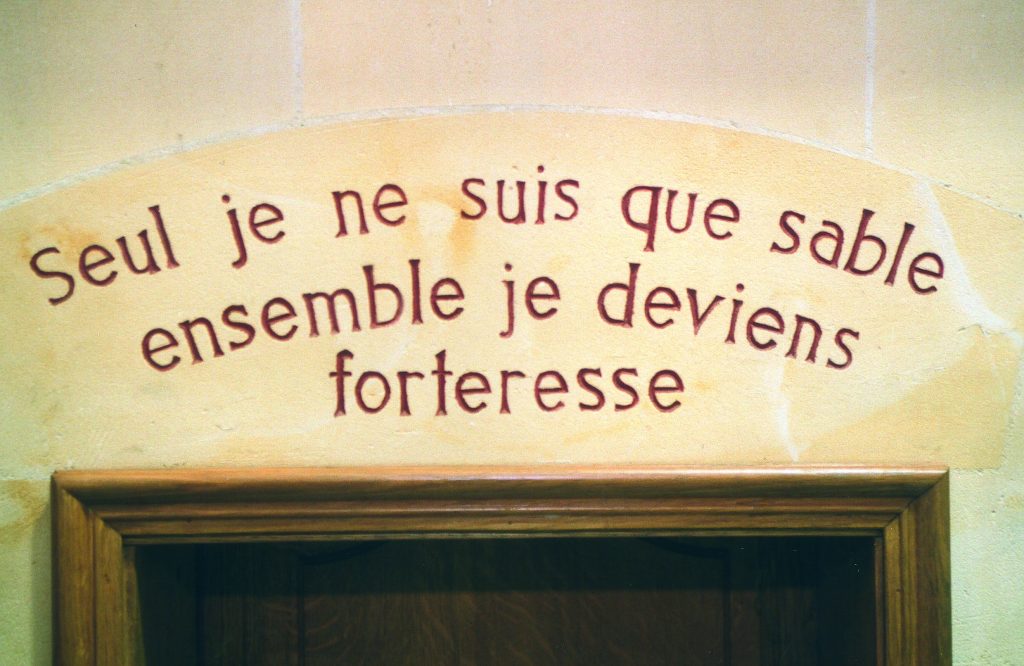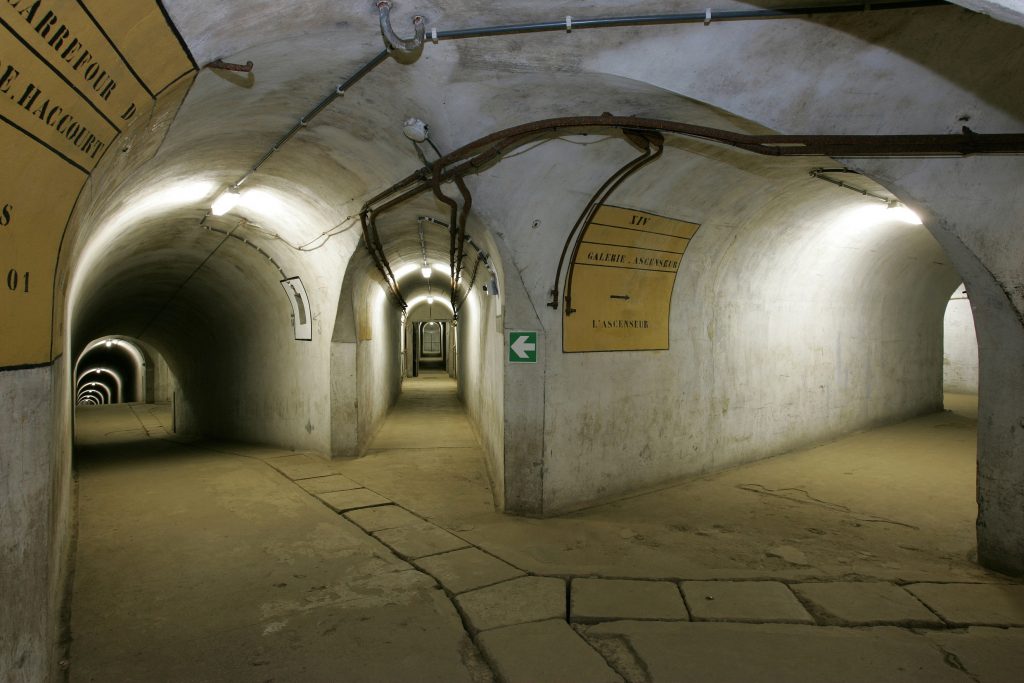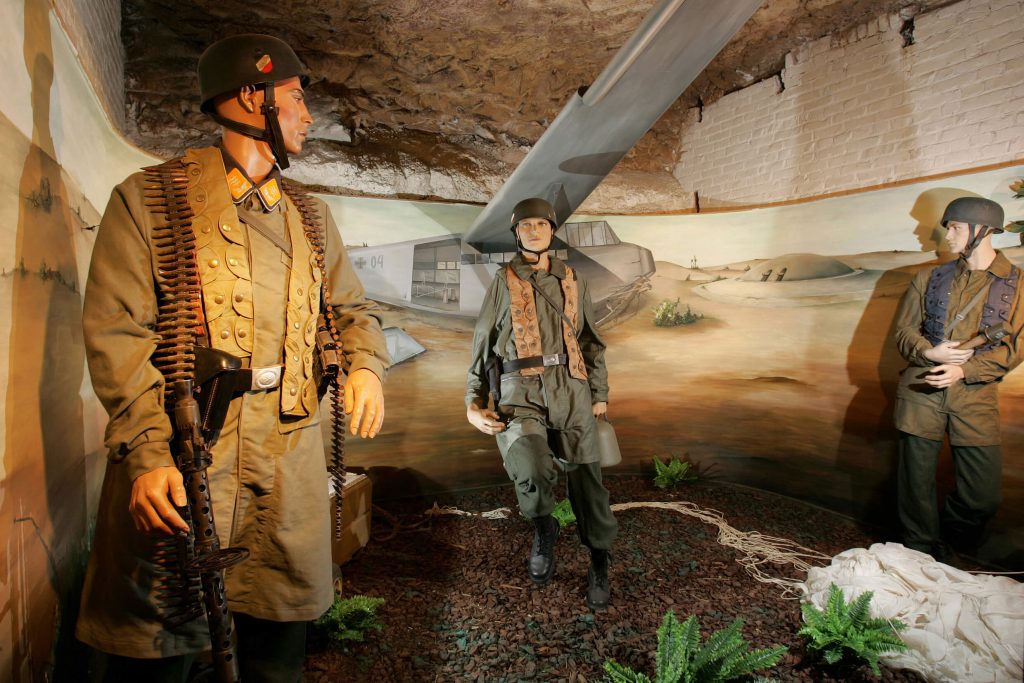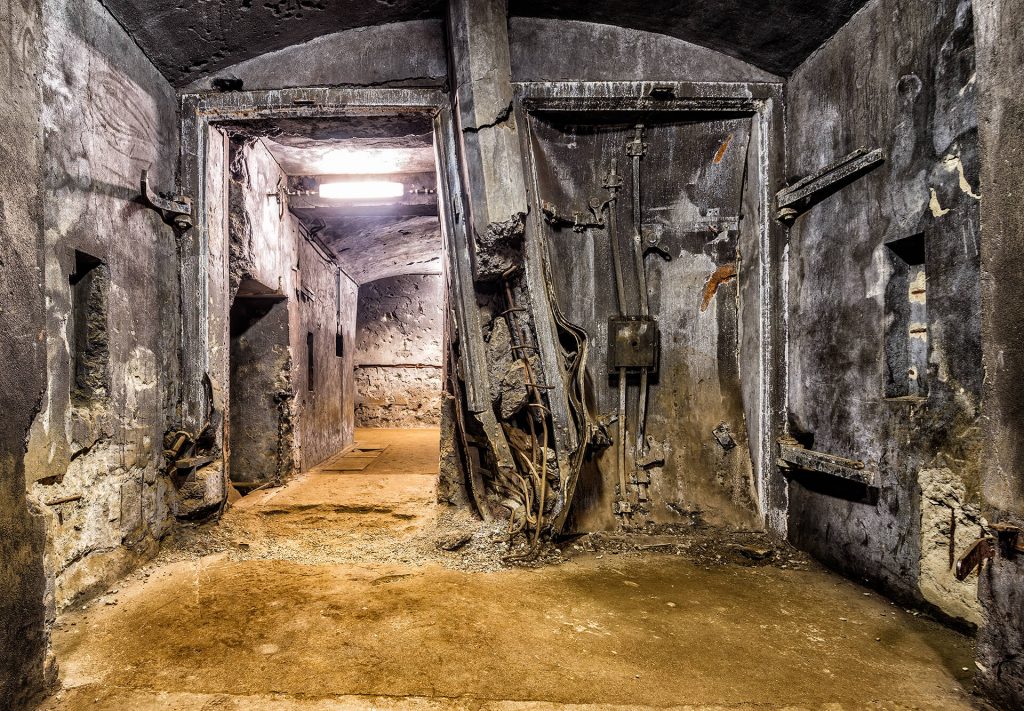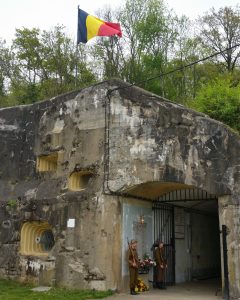
The spectacular Eben-Emael Fort is located on the west bank of the Albert Canal, about ten kilometers from Maastricht. Built between 1932 and 1935 to strengthen the Belgian defense against Germany, it was considered impregnable for a long time. But on May 10, 1940, it was taken by an elite troop of German paratroopers and became the marker of Belgium’s entry into the war. Thus, it is an absolute must-see site on the route of remembrance tourism in Europe.
The fort is a colossal underground complex that extends over three levels and five kilometers of underground galleries. Its 17 surface works spread over 75 hectares constitute the centerpiece of the fortified belt of Liege. Similar to forts constructed by the French in the 16th century, Eben-Emael was built in the shape of a pentagon and is surrounded by an impressive array of fortifications against armored attacks.
The fort was also equipped with special filters for the ventilation of combat gases. However, while it was the largest fort ever built at the time, its roof proved to be its main weakness, as it was poorly defended, unlike the rest of the building.
Today, the Eben-Emael Fort houses a museum installed in the former storage rooms. It tells the fascinating story of the capture of the fortress by the Germans, their equipment, and the German’s secret weapon. Indeed, the explosion in the network of galleries shows the terrible impact of this new weapon.
Since 2008, the fortress has also been home to one of the world’s last three DFS 230 assault gliders. This was the actual glider used during the capture of the fort on May 10, 1940, representing the first airborne attack in history.
The fort offers different themed tours that allow visitors to explore the defense bunkers and artillery cupolas to discover more secrets. You can learn how the gliders were used, visit the structure’s defense blocks or the network of underground galleries by flashlight: thrills guaranteed!
